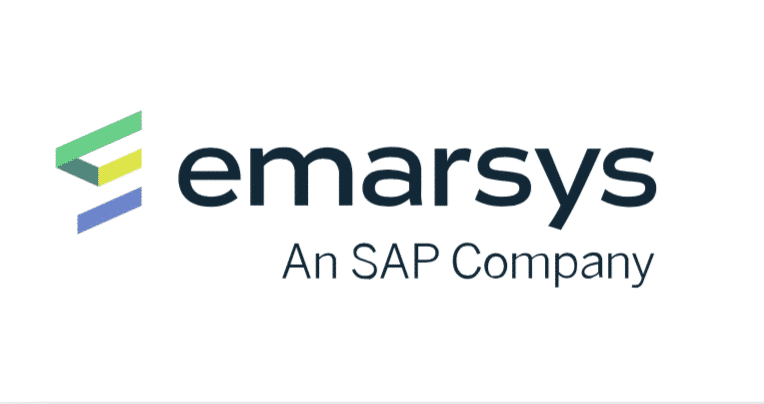Using On & Offline Data To Enrich The Customer Experience
It’s a trend we know customers like. In a recent survey conducted by Emarsys, assessing online and offline consumer behavior, we found that over half of consumers prefer retailers that have both online and offline stores.
These findings shouldn’t come as a surprise: both channels have clear benefits. What’s interesting is that according to Emarsys’ latest survey, the thing customers like most about shopping in a store is the physical presence.
58% of consumers highlighting the importance of being able to touch and feel merchandise.
Whereas online shoppers love the convenience, 71% of consumers prefer the ability to shop at anytime, anywhere.
Horrible In-Store Experience vs. Enjoyable Mobile Experience
As hard as retailers try, they’ll never be able to get a consistently high-quality customer experience in every shop. Just recently, I visited one of the busiest shops on London’s Oxford Street to buy a couple of shirts. The in-store experience was horrible. I couldn’t get assistance and when I finally managed to hunt down help, I instantly regretted it! Nevertheless, I bought a shirt, paid in cash and then left, without a trace.
A few days later I received an email from another retailer; it contained a voucher for similar shirts. I pulled up the email on my iPad in the comfort of my own home, and with the aid of product recommendations and a well-considered mobile UX I made additional purchases and the whole experience was perfectly enjoyable.
From a marketer’s point of view, combining the two channels offers great additional value – in the form of data.
Capturing In-Store & Online Customer Data
When your customer buys something in your offline store, pays in cash and then leaves, you have no data. Loyalty cards of course change that, but even then the amount of information is limited – which products did the consumer consider (and reject), which complementary products did they look at (and then decide against) which colors did they imagine themselves in (and did not like). No clue!
In the online shop, all your customers’ behavioral data is captured and can be used to generate intelligent product recommendations. Combine this with transactional data from the offline shopping trip and the data becomes extremely powerful. If you’re concerned about how much consumer data you should be tracking, don’t be.
Only 16% of consumers have an issue with brands tracking what they search for while on their site.
3 Ways to Combine On & Offline Data
Here are three ways to combine the best of both and create a true 1+1=3 experience. For each, we’ve highlighted a retailer successfully doing so.
Create an Individual Customer Experiences
In the UK, John Lewis are doing a great job at bridging the gap. When visitors attempt to pay with cash, Assistants ask them to join the customer loyalty program. To join, all the visitor needs to do is provide their email address and they’re offered a free coffee and cake. While they sit back and enjoy their coffee an automated email is sent to their inbox asking them to complete their profile in their own time. This works so well because visitors are treated as individuals and get a better customer experience online and offline. Everyone’s a winner.
Use Emarsys’ Facebook Pull Capability
Here’s another example: one of our clients, a very successful retailer in the Turkish region, is bridging the gap between online marketing and offline sales using Emarsys’ Facebook Pull capability. Prospect sign up to the brand’s Facebook page online and automatically receive a unique voucher which they can use in-store to collect their free ice cream (again incentivized with delicious rewards). This drives huge footfall to the stores and when visitors make a purchase their payment details are linked to the individual voucher code, which enriches the database – and next time the online experience will be even more personalized.
Personalize Product Recommendations
Lastly, a leading DIY company partnered with Emarsys to recommend products based on any consumer’s online behavior and which are available in that consumer’s preferred offline branch. We call this an “availability area”, because not all shops store the same products, and you want to recommend only products, which are in stock. This same retailer will also be able to promote specific merchandise (e.g. discontinued merchandise) to consumers with high affinity (based on online behavior), and use this in offline marketing (e.g. direct mail) for offline branches.
Final Thoughts
These are just 3 examples; there are many more. Let’s face it; optimizing the offline-online experience is achievable. You just need a set of the most reliable tools:
If you can get those systems talking to each other, and know how to combine offline data, you’re onto a winner.
Interested in executing a multi-channel strategy? Learn more about orchestrating your strategy across all channels to maximize reach and results with our marketing automation platform.














